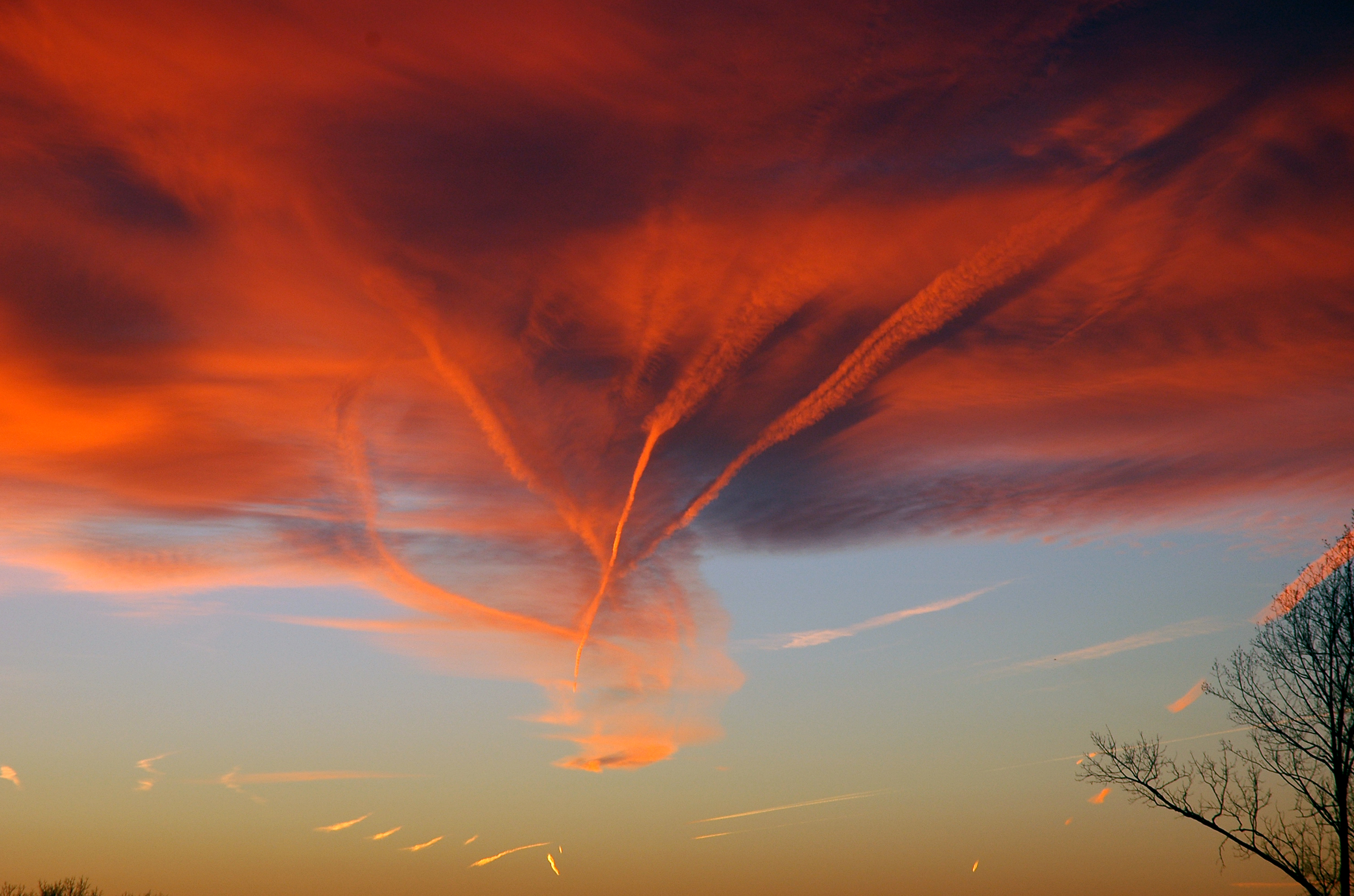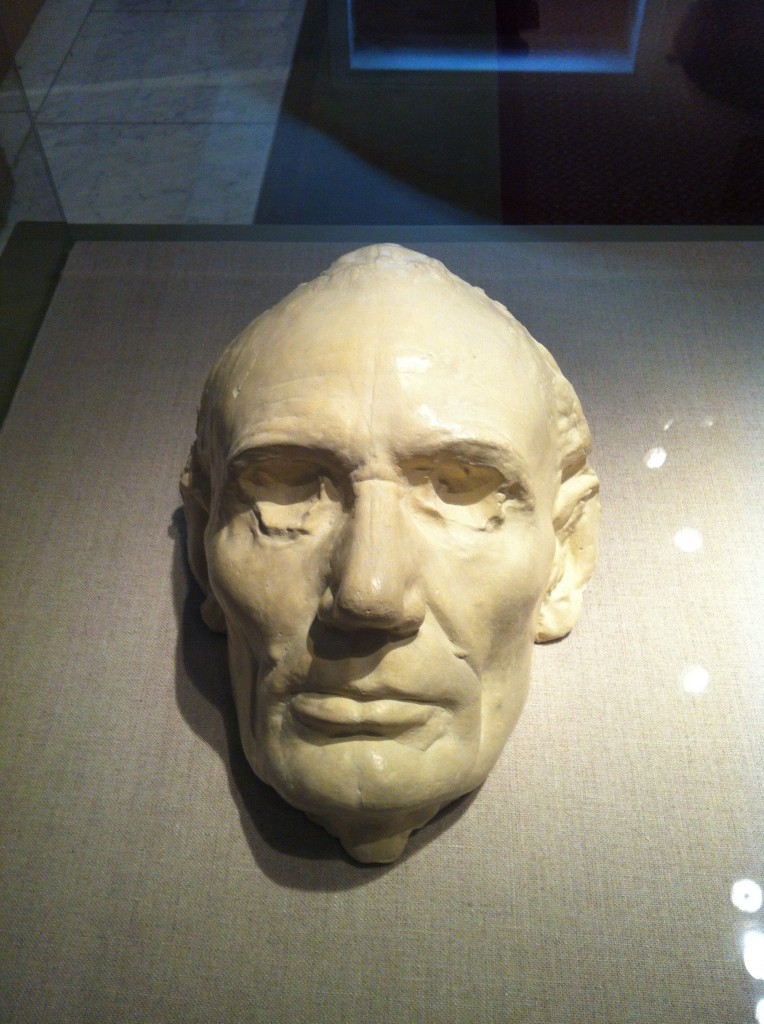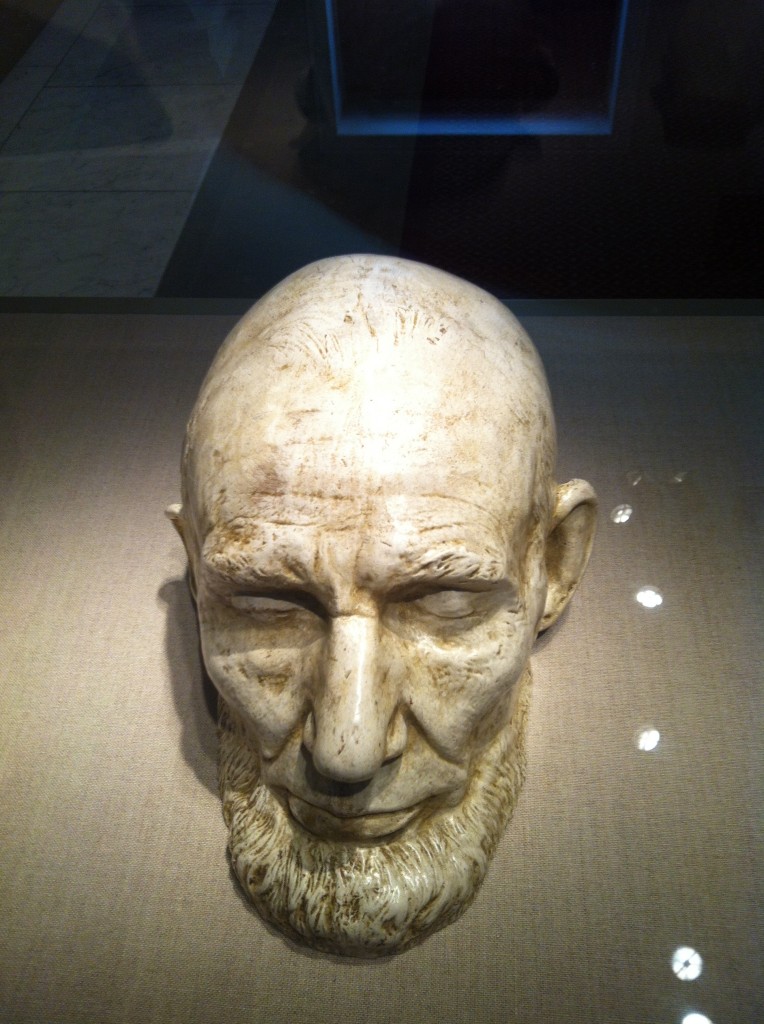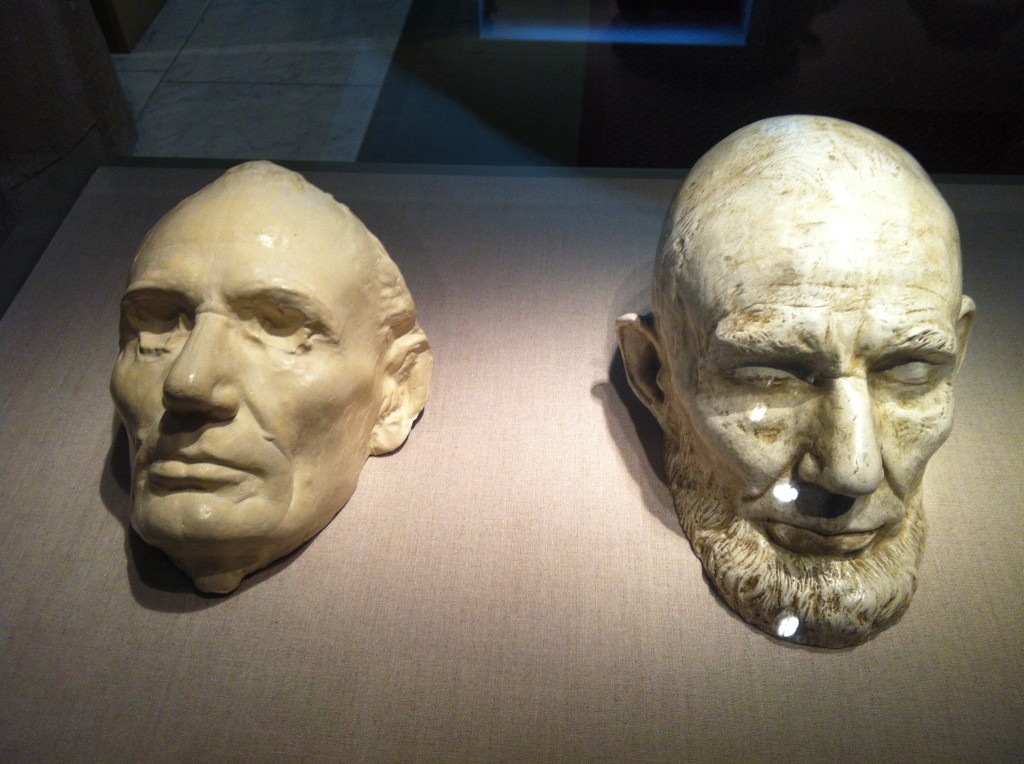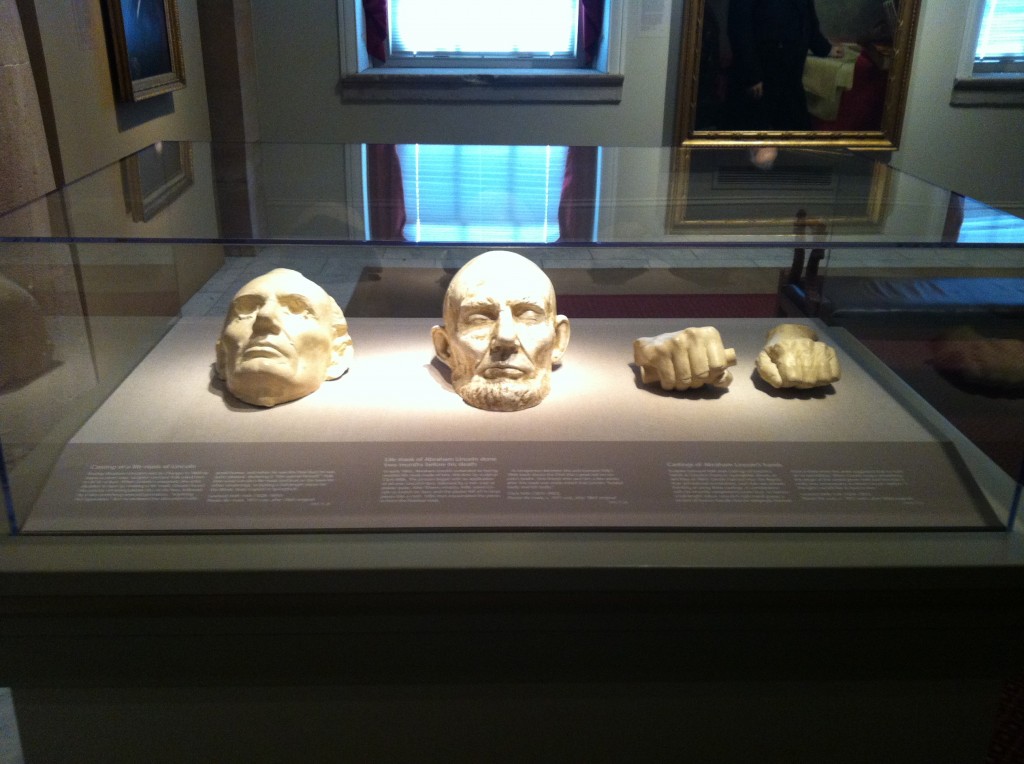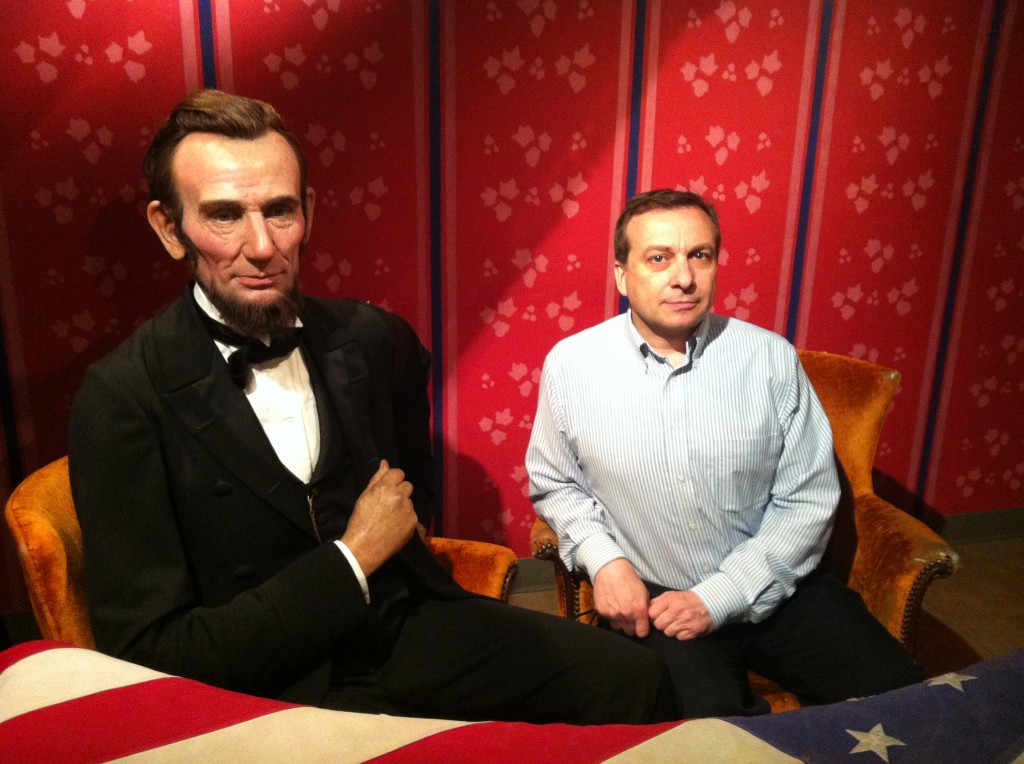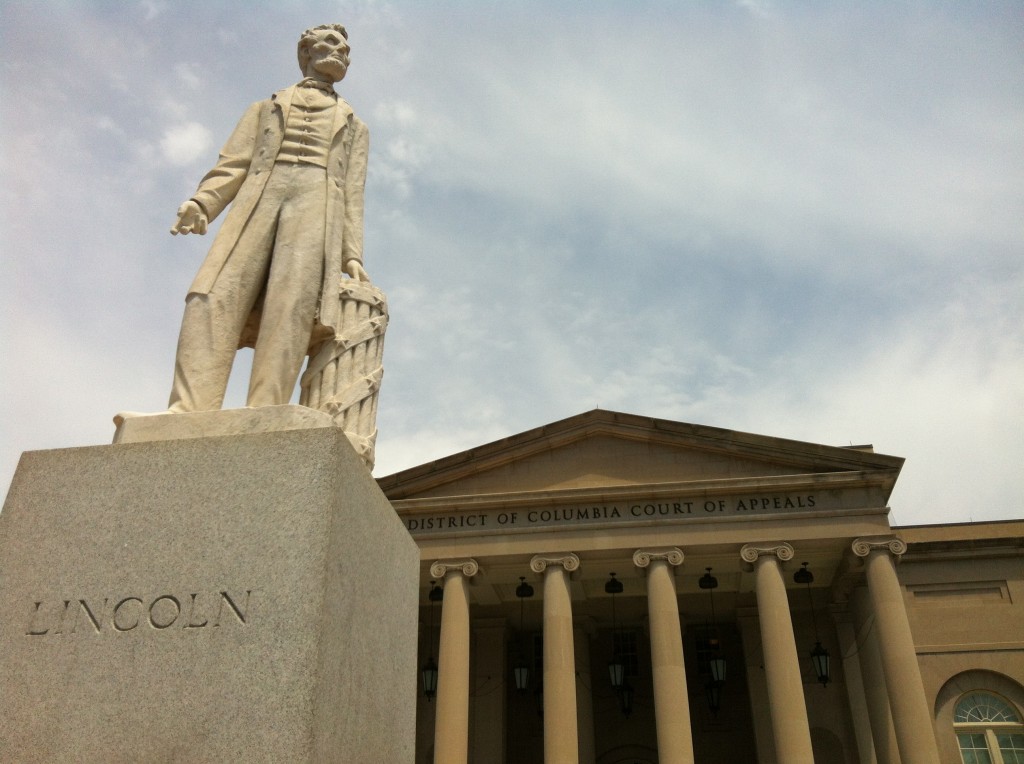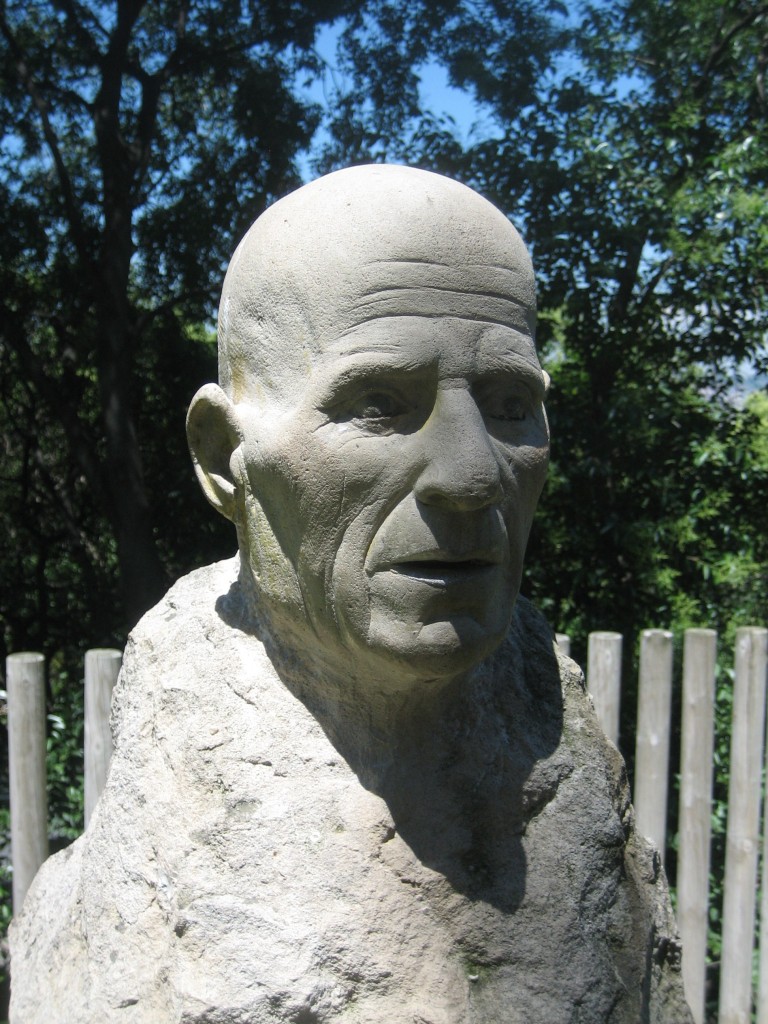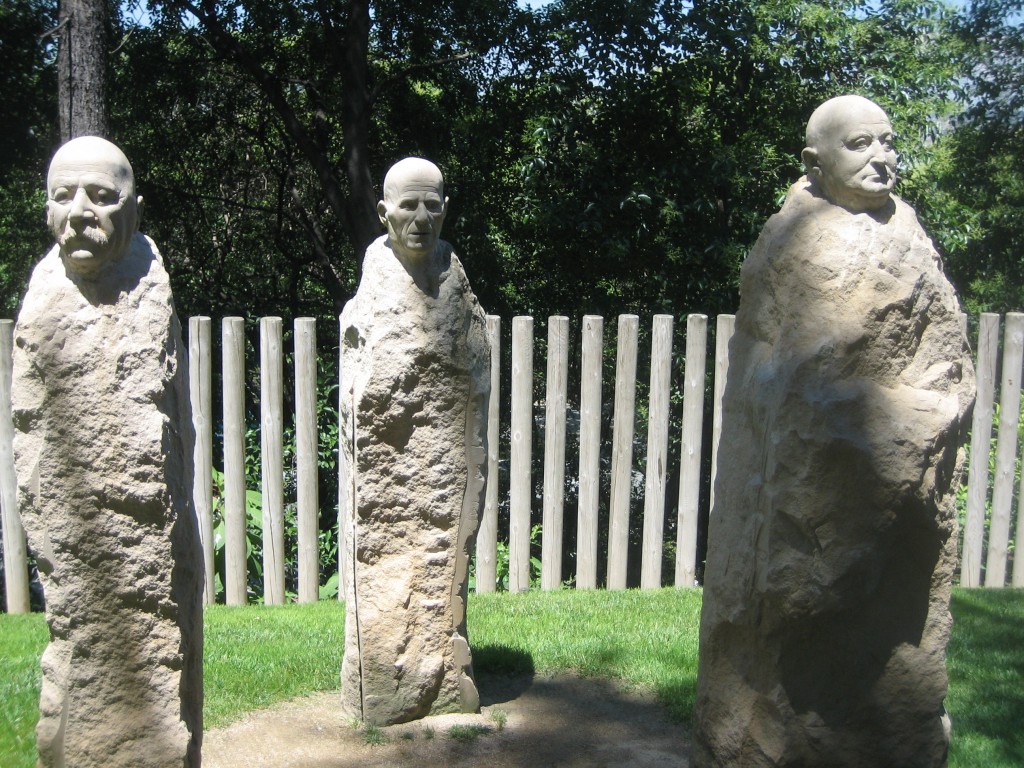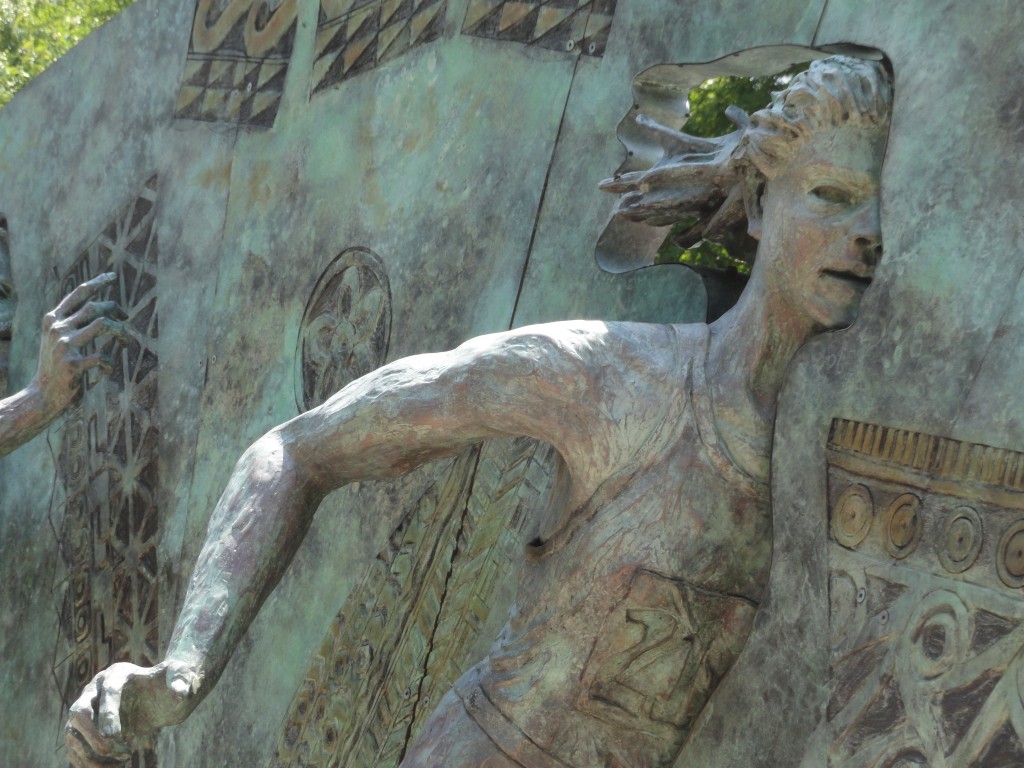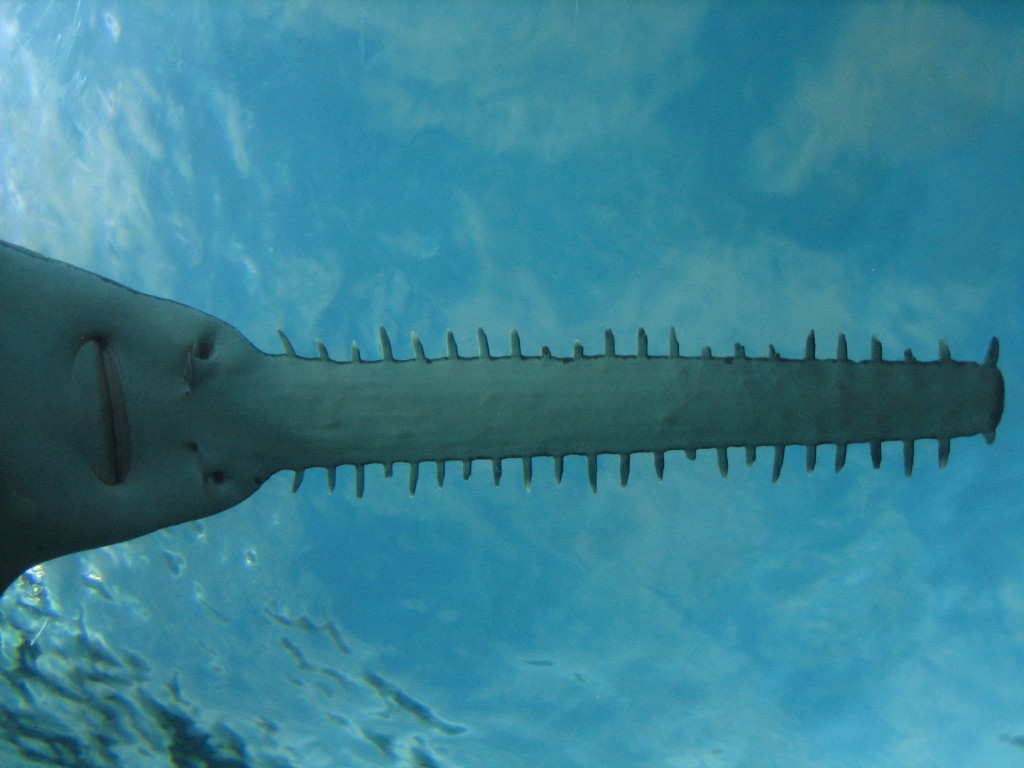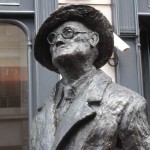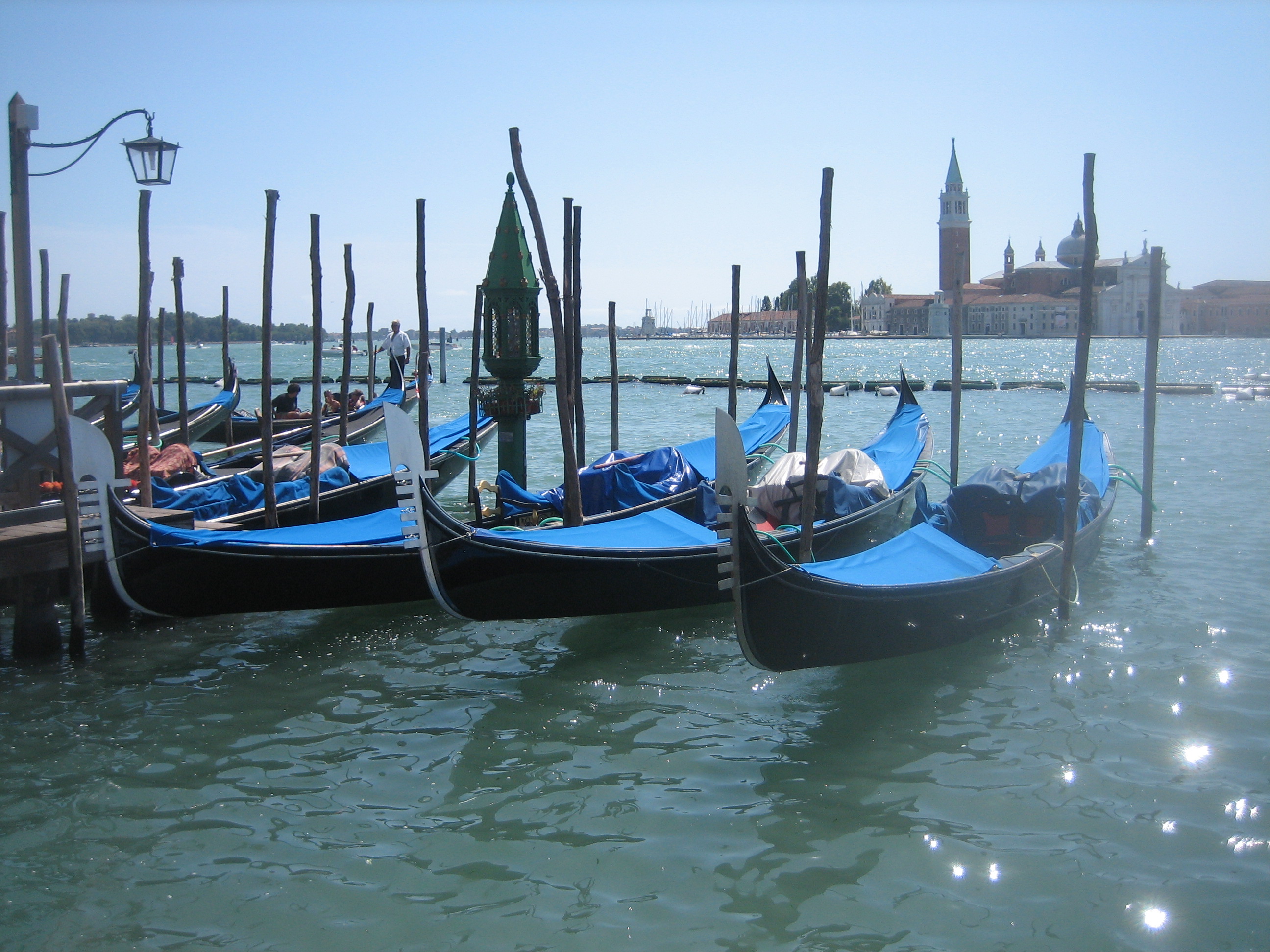Recently I took a photo of a stack of my published books. The idea came from seeing a similar stack from my friend Chris DeRose, a multiple Abraham Lincoln author and currently running for City Council in Phoenix, Arizona. Now that I have multiple books myself (and another on the way), it seemed a good time to create this:

The books are shown in order of publication, with the newest on the top. Edison: The Inventor of the Modern World (2016) and Tesla: The Wizard of Electricity (2013) are both published by Fall River Press, an imprint of Sterling Publishing in New York. You can find them in Barnes and Noble stores and online now. Edison just came out and Tesla is now into its 7th printing, not to mention several foreign language editions.
In between there are two e-books published by Amazon for Kindle. Abraham Lincoln and Nikola Tesla: Connected by Fate (2015) came about because as I researched both of these great mean I noticed some amazing connections between them in science, art, the environment, and more. Nikola Tesla: Renewable Energy Ahead of Its Time (2014) takes a deeper look into a topic I only touched on in Tesla, his desire to harness the forces of nature for the benefit of mankind.
The idea of writing books actually started with a photo book I published in 2010. Adventures in Europe documents some of my travels while I was living in Brussels, Belgium for three years. Of course, there has been much more travel since 2010, some of which I’ve talked about on this page. I’ll have many more Science Traveler stories so keep checking back for new ones.
The book stack photo joins my revolving cast of photos that serve as headers on this page. You can read more about the photos here.
Finally, the stack will get bigger next summer as my newest book for Fall River Press, Abraham Lincoln: The Man Who Saved America, is due to be released in 2017.
Follow me by subscribing by email on the home page. And feel free to “Like” my Facebook author’s page and connect on LinkedIn. Share with your friends using the buttons below.



